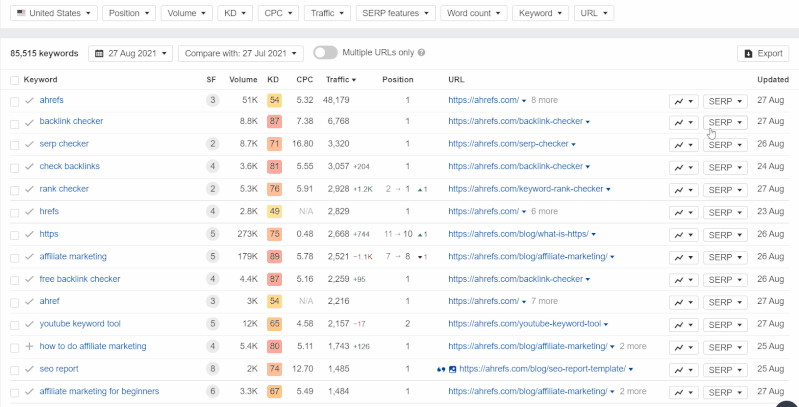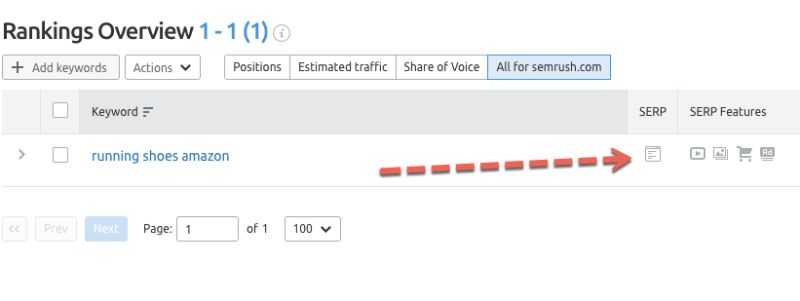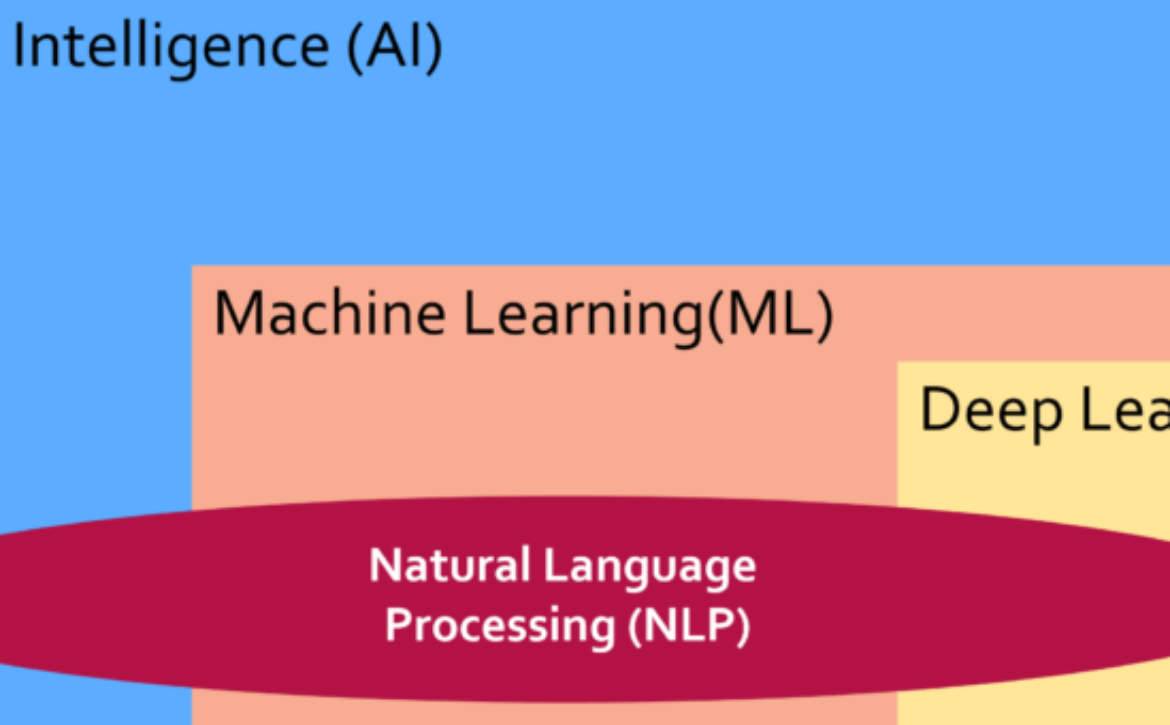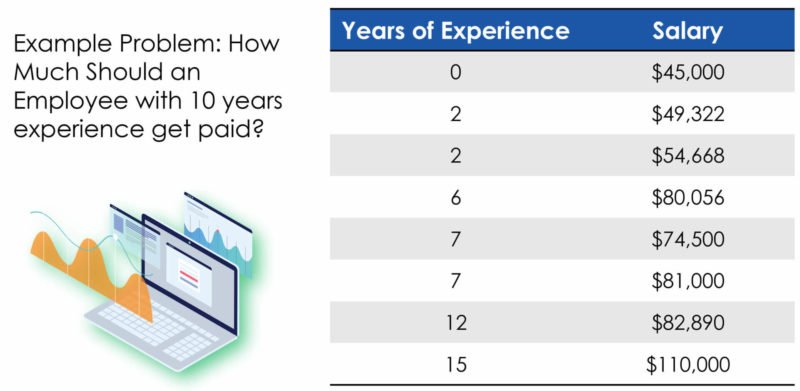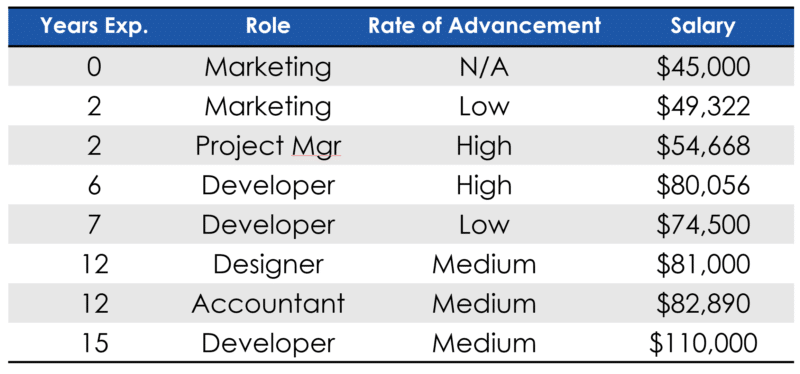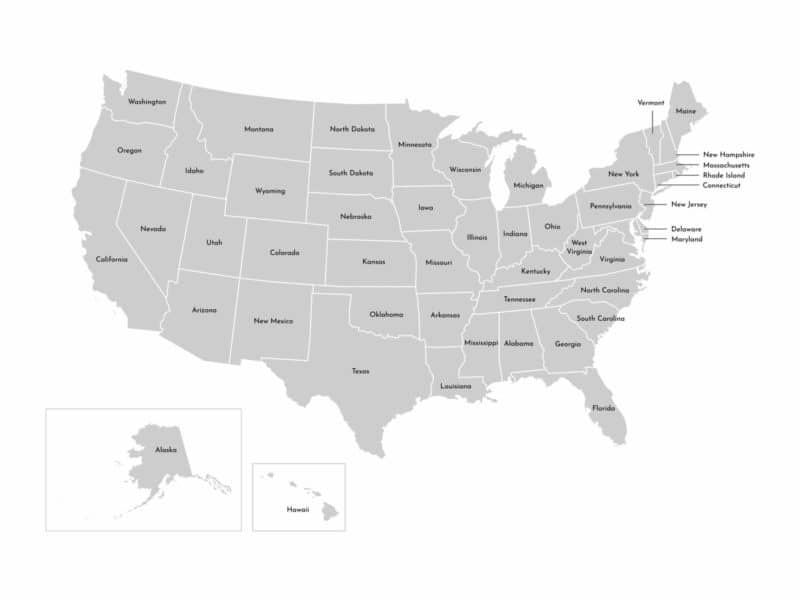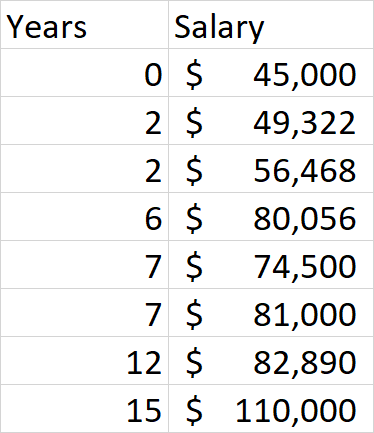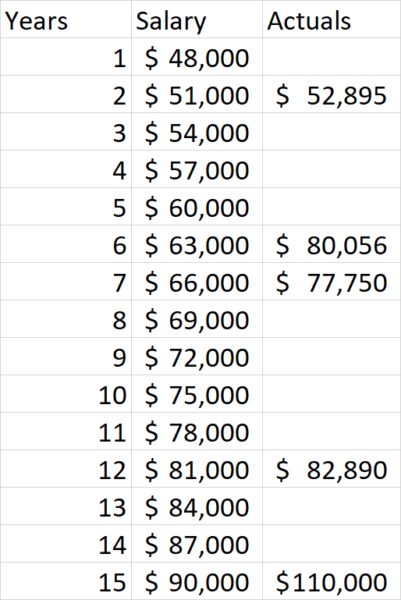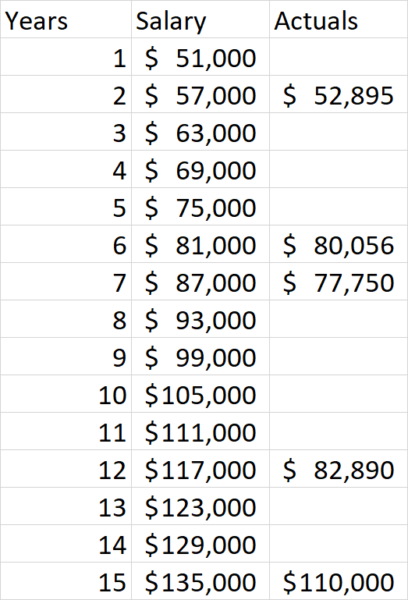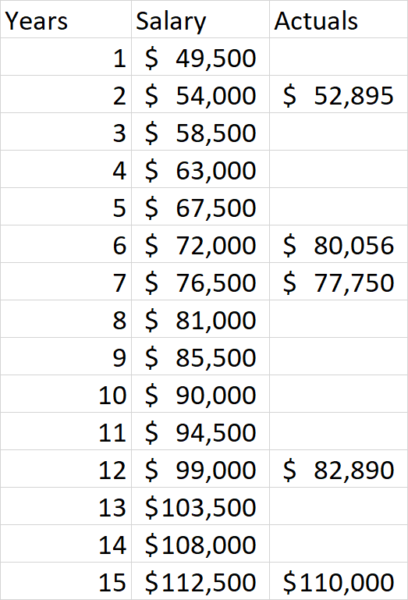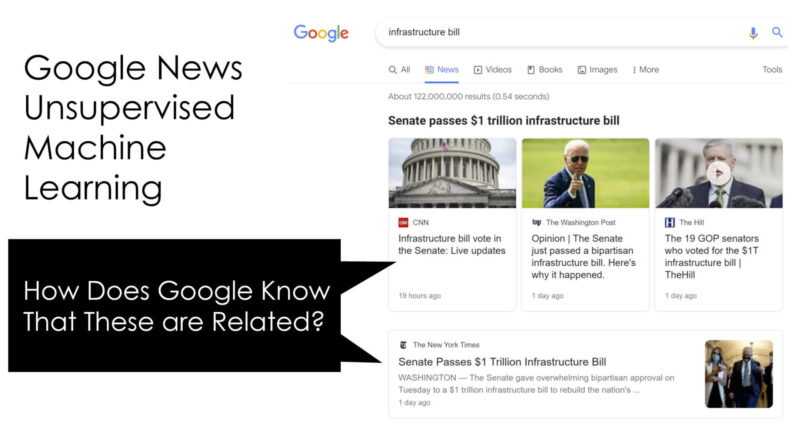Cleaning house: how Google and Yelp handle fake reviews; Tuesday’s daily brief
Search Engine Land’s daily brief features daily insights, news, tips, and essential bits of wisdom for today’s search marketer. If you would like to read this before the rest of the internet does, sign up here to get it delivered to your inbox daily.
Good morning, Marketers, and how do you use cross-organizational data?
Sharing data between SEO and PPC has probably been one of the easier silos for search marketers to break. It’s pretty simple to go check how your paid search advertising is going and use that data to improve your SEO (check out how Lily Ray did it here). And PPC experts can do the same of SEO data.
But one thing I rarely hear search marketers talk about is data-sharing across the organization. Once a company I worked with told me about how they used their call recordings to improve their SEO and PPC. Not only were they adding in the FAQs to their site that came in over calls, but they figured out where their “leak” in the funnel was.
The company was driving a ton of traffic, but none of it was converting. Not understanding why, they went to their call recordings and quickly found that… no one was answering the phone at certain locations! It’s easy to think that maybe we should tweak a top-of-funnel campaign when the bottom-of-funnel numbers are suffering — but sharing data might show that there’s a step missing in between.
Carolyn Lyden,
Director of Search Content
Four tools to check for title changes in the SERPs
On August 24, Google confirmed that it changed how it creates titles for search result listings. Unfortunately, title change information isn’t available in Google Search Console or Google Analytics. So, SEOs have turned to third-party tools to see whether their titles are being changed. Below is a list of tools you can use to check for title changes and instructions on how to do so.
- Ahrefs: Viewing title changes in Ahrefs is a manual process. You can check for changes via historical SERPs in Site Explorer > Organic Keywords 2.0. Simply toggle the date field to view the SERPs for that particular day.
- Rank Ranger: The SEO Monitor tool in Rank Ranger charts rankings over time. Below the chart is a list of all the changes to the page title and description in Google Search. This means if you or Google make any changes to your title or description, it’ll be displayed here with the date that the change occurred.
- Semrush: Like Ahrefs, Semrush also offers a manual process to check for title changes. For keywords you’ve been tracking in the Position Tracking tool, click on the SERP icon next to the keyword. That will pull the search results page for the date selected in the report. If you suspect a title was changed, you can confirm this by changing the date in the report and repeating this process to compare titles.
- SISTRIX: In the left-hand navigation, under SERPs > SERP-Snippets, select “Show title changes.” There, in the “Title” column, you can view title changes. The red text indicates words that have been dropped from the title and the green text indicates words that have been added.
ICYMI: Google’s payment to Apple to be the default search engine just keeps going up
Search choice has been a topic of controversy over the past year:
- DuckDuckGo has other ideas for Google’s EU search choice screen
- Google drops the auction from its search choice screen
- Google’s search choice screen had virtually no effect on search market share, perhaps by design
So we’re not surprised to see news about Google paying billions to beat out Bing as the search engine default on Safari.
Google pays $15 billion to be Apple’s default search engine. Google paying Apple to be its default search engine on Safari is also nothing new. In 2018, Google paid Apple $9 billion to be the go-to place that users can find what they need on iPhones, iPads, and Macs. That price has only increased year-over-year, with the latest report. “The amount is likely to increase to about $20 billion in 2022. Those estimates are based on patterns found in the latest available financial documents from both companies,” wrote Florence Ion for Gizmodo.
The most interesting part is many analysts see this as a fee to essentially prevent Bing from being the default search engine. Jane Horvath, Apple’s senior director of global privacy, told the Computers, Privacy and Data Protection conference (CPDP) that Safari defaults to Google because it’s the most popular search engine, but that users still have the ability to change to the search engine of their choice: “We do support Google but we also have built-in support for DuckDuckGo, and we recently also rolled out support for Ecosia.”
Why we care. This move has many marketers asking, “So when will Apple launch their own search engine?” The company has been propelled mostly by hardware, and this deal with ever-increasing payments from Google is one of its moves toward improving its services options. But perhaps the deal with Google is more lucrative than the potential of having to compete with the biggest player in the marketplace for some advertising dollars.
How Google and Yelp handle fake reviews and policy violations: A side-by-side analysis of each
Both Google and Yelp have implemented automated systems as their first line of defense against fake reviews and bad actors. And, they both use human moderators for tasks that the technology isn’t suitable for. However, their respective policies, approaches and punitive measures (a few of which are outlined below), which inform the deployment of their technology and human staff, are the most important distinctions to keep in mind as you establish your online presence.
- Both platforms can remove illegitimate reviews: On Yelp, every user-submitted report is escalated to its human moderators. Google embraces a preventative, machine learning-first approach, but experts have said that “the success rate is very tiny” when it comes to getting Google to remove fake reviews once they’re live.
- Yelp applies ranking penalties; Google declined to comment: When a business violates one of its policies, Yelp may apply a ranking penalty.
- Yelp may remove business listings; Google may revoke profile ownership: Violators may be removed from Yelp’s platform. Google stopped shy of outright removal, instead it may revoke profile ownership.
- Violators can still advertise on Google, but not on Yelp: Businesses are banned from advertising with Yelp for at least one year if they receive a Compensated Activity Alert or a Suspicious Review Activity Alert (including if Yelp finds evidence that they participated in a review ring). Google has no specific ad penalties related to GMB violations.
- Yelp continues to monitor listings; Google doesn’t seem to: While Google didn’t disclose any details, Yelp went on record, stating that it has a system that monitors for repeated violations.
Shorts: Some questions and maybe some answers
Want to know if Google’s changed your title tags? This bookmarklet checks if the title tag in SERPs matches the one you set on your site.
Could Google’s “Privacy Budget” break the internet? That’s what Kate Kaye asked on Digiday yesterday about Google’s attempt to prevent fingerprinting.
Would advertisers (and users) switch to a different search engine? If so, here are some non-Google options from contributor John Smith.
What We’re Reading: Despite women’s progress in many parts of society, advertisements still consistently cast women as secondary
“Between 1980 and 2010, women in commercials were shown in workplace settings only 4 percent of the time; frequently they were shown in kitchens, waxing poetic about the products they were selling,” wrote Mara Altman for the NYT. Surely, marketing and advertising have come a long way since then, right? … right?
Sadly, research from Jane Cunningham and Philippa Roberts shows that it really hasn’t, and they say it has to do mostly with who fills the high-level roles at advertising and marketing agencies.
“The Geena Davis Institute on Gender in Media found that ads up for awards at the prestigious Cannes Lions advertising festival depicted male characters working almost twice as often as female characters. Male characters also outnumbered female characters two-to-one and had twice as much screen time and speaking time. Another study conducted by Ebiquity, a media consultancy, found that, of the ads aired in 2016, only 4 percent showed women in leadership positions,” said Altman.
The issue is that marketing isn’t just reflecting what’s happening in real life, but it’s affecting women’s real life, too. “There is a really big body of work around the impact of marketing and just how powerful it is — young women are consuming something like 10,000 messages a day from brands. Think about the collective impact that can have when the same things are being said over and over again, which are usually: Be thinner, be blonder, be more feminine, be hairless, be whiter,” said Cunningham in the interview.
So how can women improve these marketing messages? “The way that women can influence marketing is spending with the brands that are doing the right thing by women and refusing to buy from brands that are very evidently trying to keep women in their place, and/or the place they think women should be,” said Cunningham.
The post Cleaning house: how Google and Yelp handle fake reviews; Tuesday’s daily brief appeared first on Search Engine Land.



